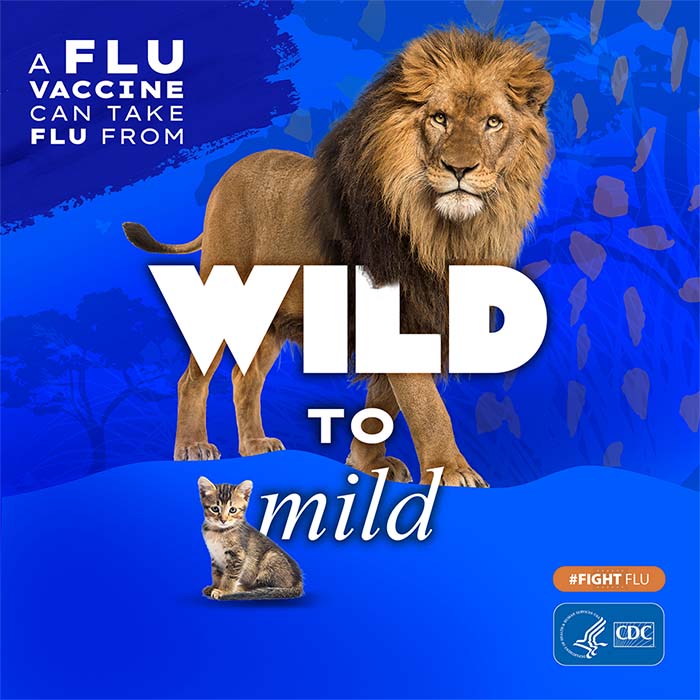U.S. Flu Vaccine Effectiveness (VE) Data for 2021-2022
Reference: Price, et al, 2022
Description of patients enrolled in the US Flu VE Network, 2021-2022
Total respondents: 4,312*
*Note: 1,932 people who were positive for the virus that causes COVID-19 (SARS-CoV-2) were excluded.
| Age | Number | % Total |
|---|---|---|
| 6 months-8 years | 724 | 17 |
| 9-17 years | 620 | 14 |
| 18-49 years | 1,863 | 43 |
| 50-64 years | 669 | 16 |
| 65 years and older | 436 | 10 |
| Flu type | Flu-positive | Flu-negative | Adjusted Interim VE* | ||||
|---|---|---|---|---|---|---|---|
| Total | Vaccinated no. (%) |
Total | Vaccinated no. (%) |
% | Confidence Interval | ||
| Flu A | |||||||
| Overall | 468 | 198 (42%) | 3,844 | 2,265 (59%) | 36 | (21–48) | |
| Flu A (H3N2) | |||||||
| Overall | 440 | 182 (41%) | 3,844 | 2,265 (59%) | 36 | (20–49) | |
Abbreviations: VE = vaccine effectiveness.
| Flu type | Flu-positive | Flu-negative1 | Adjusted Interim VE2 | ||||
|---|---|---|---|---|---|---|---|
| Total | Vaccinated no. (%) |
Total | Vaccinated no. (%) |
% | Confidence Interval | ||
| Influenza A(H3N2) | |||||||
| Overall | 440 | 182 (41%) | 3,844 | 2,265 (59%) | 36 | (21–48) | |
| 6 mos – 8 years | 95 | 33 (35%) | 622 | 356 (57%) | 51 | (19–70) | |
| 9 – 17 years | 117 | 39 (33%) | 499 | 214 (43%) | 34 | (-7–59) | |
| 18 – 49 years | 165 | 68 (41%) | 1,685 | 935 (55%) | 32 | (3–52) | |
| 50 years and older | 63 | 42 (67%) | 1,039 | 760 (73%) | 10 | (-60-49) | |
1 Persons testing negative for both influenza and SARS-CoV-2 using molecular assays.
2 Multivariable logistic regression models adjusted for site, age, month of onset, self-rated general health status, and race/ethnicity.
